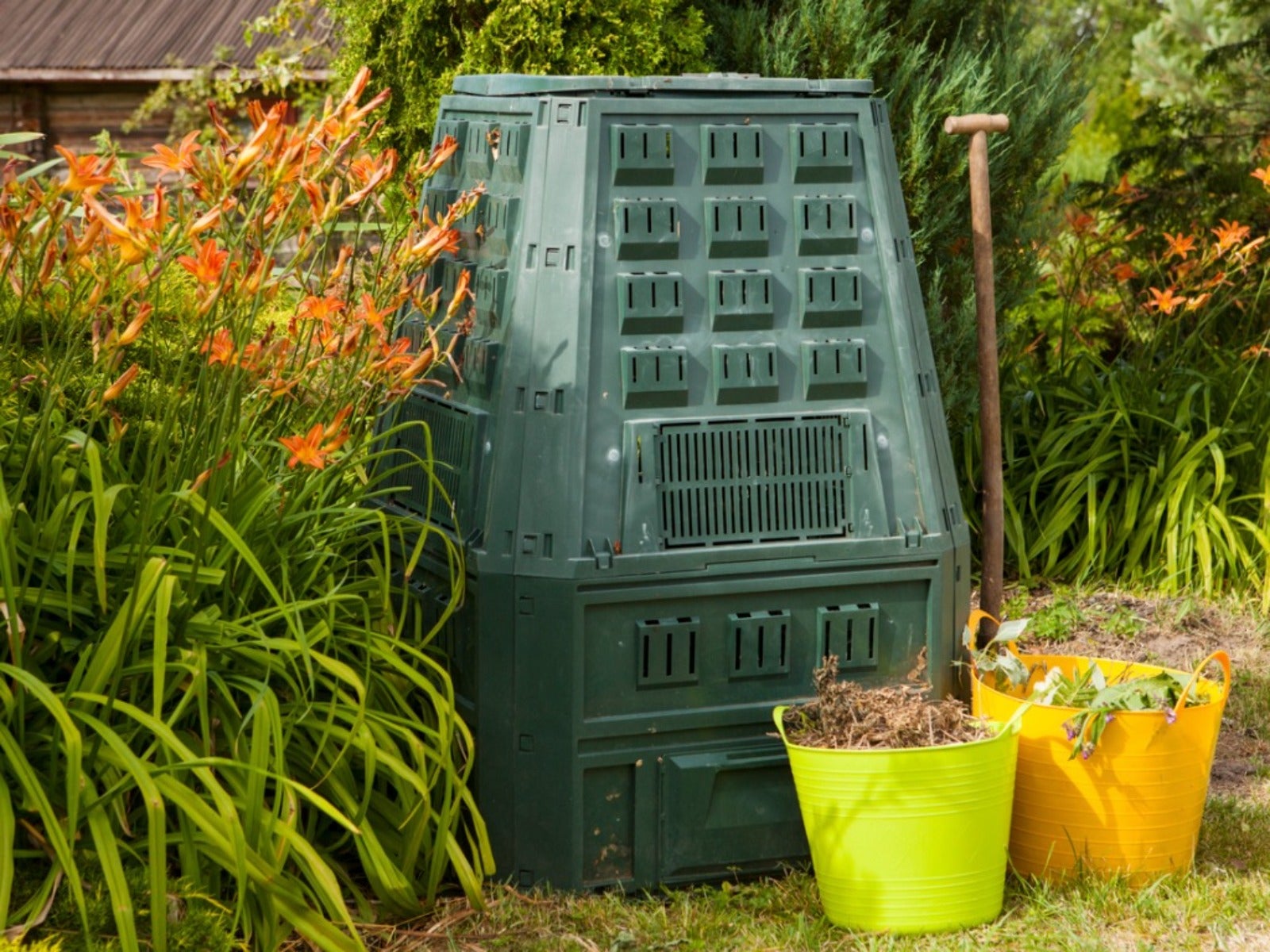How To Reduce Waste In Your Yard And Garden


Since 1960, Americans have cut in half the amount of grass, leaves and tree trimmings sent to landfills. The majority of this reduction is due to composting yard waste. While this is good news for the environment and even better news for gardeners wishing to amend their soil, approximately 12% of municipal solid waste still contains these materials. There is more that can be done to keep these materials out of landfills.
Ways to Reduce Lawn Waste
One of the best ways to keep grass clippings out of landfills is by grasscycling. Instead of picking up grass clippings, they are mulched and left on the lawn. Studies show this practice does not create more thatch in the turf, and in fact grasscycling provides several benefits:
- Reduces the time or labor costs associated with lawn care.
- Saves money by reducing the amount of fertilizer needed. Grass clippings return 25% of nutrients to the lawn, including nitrogen, potassium and phosphorus.
- Decreases the need to irrigate the lawn. Grass clippings contain 80 to 85% water and shade the soil to reduce evaporation.
- Grasscycling is environmentally friendly. Not collecting grass clippings and transporting them to yard waste recycling centers means homeowners can use less fuel and release fewer emissions into the atmosphere.
To get these benefits from grasscycling, mow the lawn at the proper height and remove no more than 1/3 of the blade each time the grass is cut. Use a sharp mulching blade or the mulching configuration on your mower to finely chop the grass. Avoid mowing when the grass is wet to prevent clumps of clippings from smothering the lawn.
In addition to grasscycling, another way to reduce lawn waste is by replacing all or part of the yard with types of plants which don't require regular mowing. These include low-growing species like creeping thyme and English chamomile, or groundcover plants such as white clover and wild ginger.
Ways to Reduce Yard and Garden Waste
Homeowners can also take steps to reduce the amount of yard and garden waste they create. This starts with reducing the number of high-maintenance perennial and annual plants that are grown each year. Flowers and ornamental plants which need to be pulled or cut back at the end of the growing season contribute to the production of garden waste.
Composting garden waste is one way to keep these materials out of landfills, but not producing the materials in the first place eliminates the need to do so. For instance, consider whether you need that 25 foot (7.6 m.) row of tall pampas grass, or if a shorter species would suffice. Curb the desire to plant more vegetables than your family can use, and rely on perennial flowering shrubs rather than annual flowers to add color to the landscape.
Likewise, make sure to plant trees, shrubs and ornamentals where they have room to reach their mature size. This reduces the need to frequently prune the plant to keep it in its allotted space. Likewise, regularly removing suckers and water sprouts means not having to dispose of much larger branches at a later date.
Sign up for the Gardening Know How newsletter today and receive a free copy of our e-book "How to Grow Delicious Tomatoes".
Another option is choosing slow-growing or long-lived species. A Bur Oak tree grows less than 1 foot (0.3 m.) per year and will be shading the lawn for many future owners of your home. Opt for a Euonymus Japonicus hedge which only needs a light trim each year as opposed to boxwoods which need about 10% of their mass pruned annually.
Recyclable Garden Ideas
Even with the best of intentions, creating some amount of yard waste is inevitable. Garden recycling can keep these materials out of landfills. Here are a few ideas for repurposing these natural materials:
- Make vermicompost using chopped leaves.
- Use grass clippings, chopped leaves or shredded tree trimmings as mulch.
- Insulate tender plants or root vegetables during the winter by covering them with leaves.
- Make leaf mold.
- Repurpose tree branches into a woven fence.
- Improve garden soil by tilling in chopped leaves or grass clippings in the fall.
- Create original artwork using dried leaves or tree trimmings.
- Turn tree branches, log slices and trunks into furniture, crafts and useful items.

Laura Miller has been gardening all her life. Holding a degree in Biology, Nutrition, and Agriculture, Laura's area of expertise is vegetables, herbs, and all things edible. She lives in Ohio.